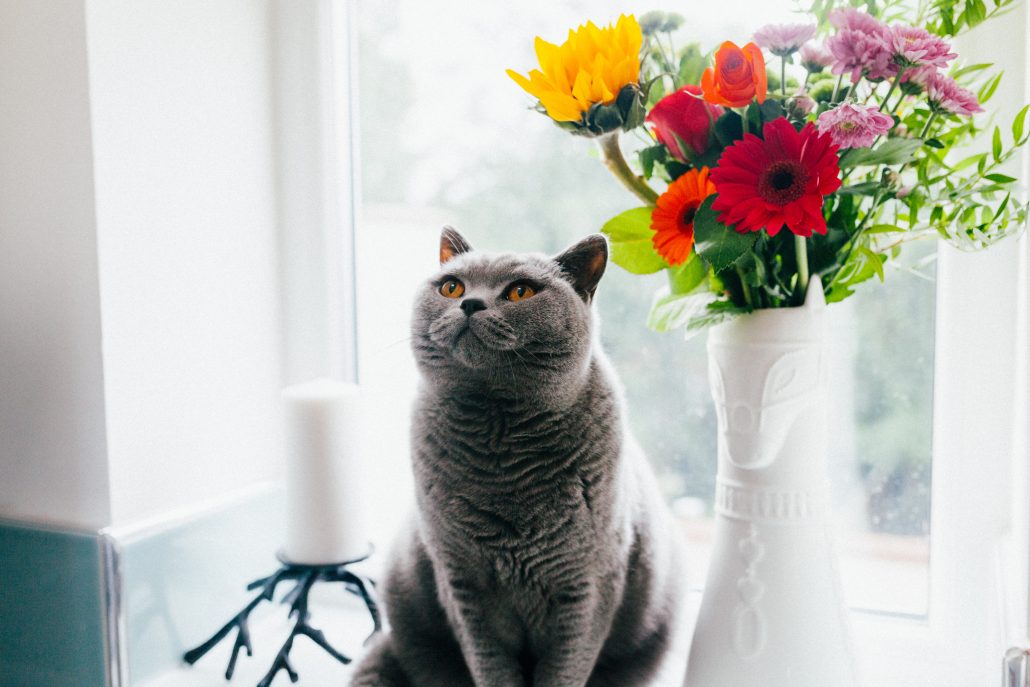Hopefully, you didn’t get pranked too bad today or misled by a jokester on social media today. But, if you did, happy April Fool’s Day! We all love a good practical joke now and then, but the subject of estate planning is definitely not one to laugh at. If you already have an estate plan in place, that’s fantastic, but don’t let an old or inadequate estate plan make a fool out of your life, property, and legacy.
Review Your Estate Plan
Let this lighthearted April Fool’s day actually serve as a reminder to review your current documents and determine if you need to consider updated language, additional provisions, or a different strategy (like “upgrading” from a basic will to a trust). When revisiting your estate plan consider these common mistakes I see when reviewing folks’ less-than-optimal documents.
Living Trusts Missing Retirement Plan Lingo
Many people have a valid portion of the estate assets investing in retirements plans like IRAs and 401(k)s. The mistake comes when people designate their revocable living trust as the beneficiary of these plans, but the trust hasn’t been written or updated to grant the trustee the power to manage the accounts placed in the trust. Without vesting this power in the successor trustee (presuming the testator was the initial trustee and then passed away), the trustee can lack the ability to properly deal with the plan assets and unfavorable income tax consequences can occur.
Uncertain if your revocable living trust properly contains the requisite retirement plan lingo? Simply check with an experienced estate planning attorney and invest in amending.
Outdated Living Wills
Also known as an “advanced medical directive,” your living will should contain the appropriate Health Insurance Portability and Accountability Act of 1996 (more commonly referred to as HIPAA) language. (HIPAA involves privacy and who can and cannot have access to your medical records.) If your living will was drafted pre-2001 (before Congress passed new rules governing the Act) it likely doesn’t contain the essential references to HIPPA. I’ve even seen some living wills written well after 2001 that didn’t have the proper provision. It may sound silly, but without this “magic” wording, your designated health care representative won’t have access to your medical records. Without this access, they may not be able to fulfill their duty in making the most informed decisions regarding your health care as possible. This mistake can be especially important if you’ve designated someone other than a close relative (such as a spouse or adult child) as your agent.
Underfunded Living Trusts
Another mistake I’ve seen is living revocable trusts that are not fully funded. Undoubtedly, without the guidance of a quality estate planner, the funding process can feel overwhelming. When people procrastinate or run into roadblocks when placing assets into their trust they can get frustrated and fail to complete the process. This is a misstep with negative consequences because without funding the trust, it’s best thought of as an empty container waiting for a testator’s assets to fill it up. Without it, if the person with the underfunded trust passes away, the estate will still need to pass through the sluggish and costly probate process. And, quite frankly, the investment in the trust will have been for little benefit or advantage.
Let your estate planner help you through this process. Also, consider if you have any new major assets that need to be assigned to the trust.
All jokes aside, every Iowan deserves a high quality and functional estate plan that meets their goals. Don’t be a fool and let more time go by before reviewing your plan! Please contact me with any questions; I offer a free one-hour consult.

























